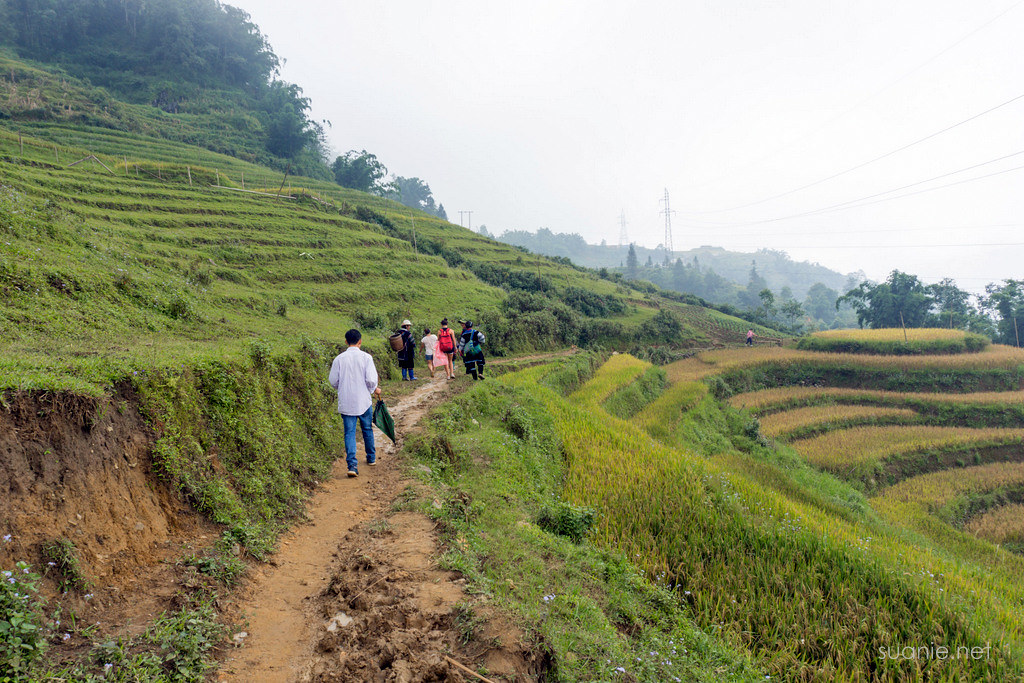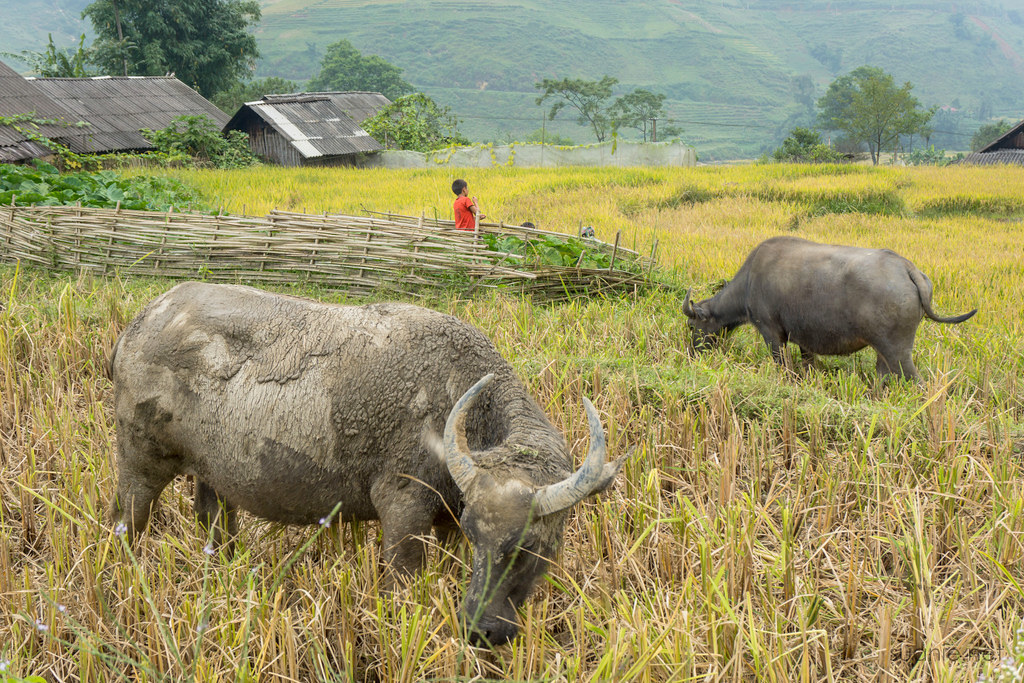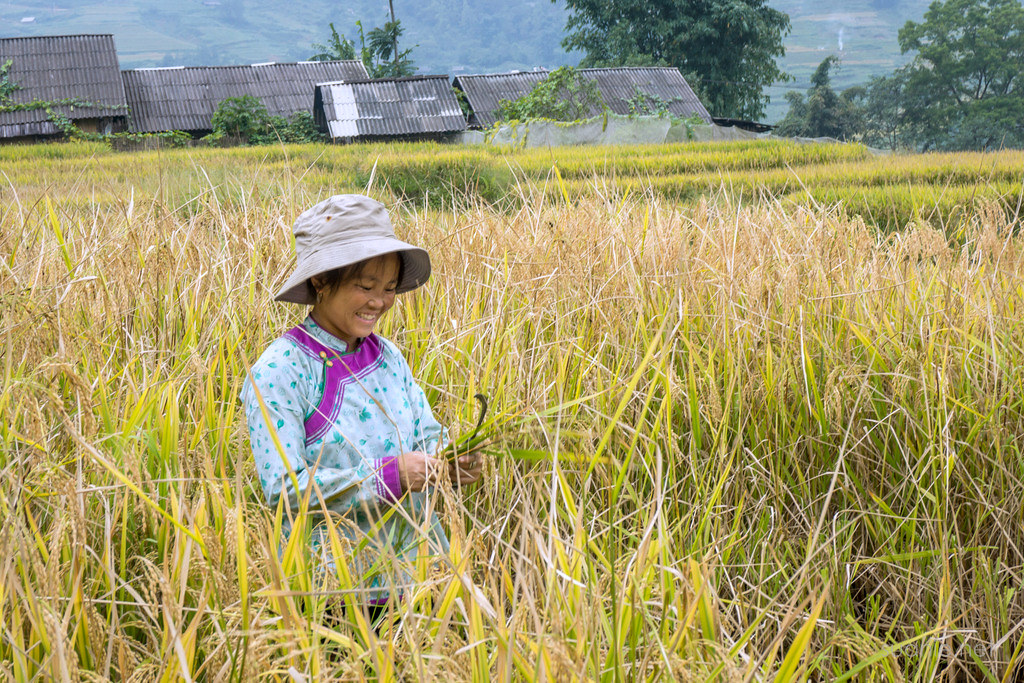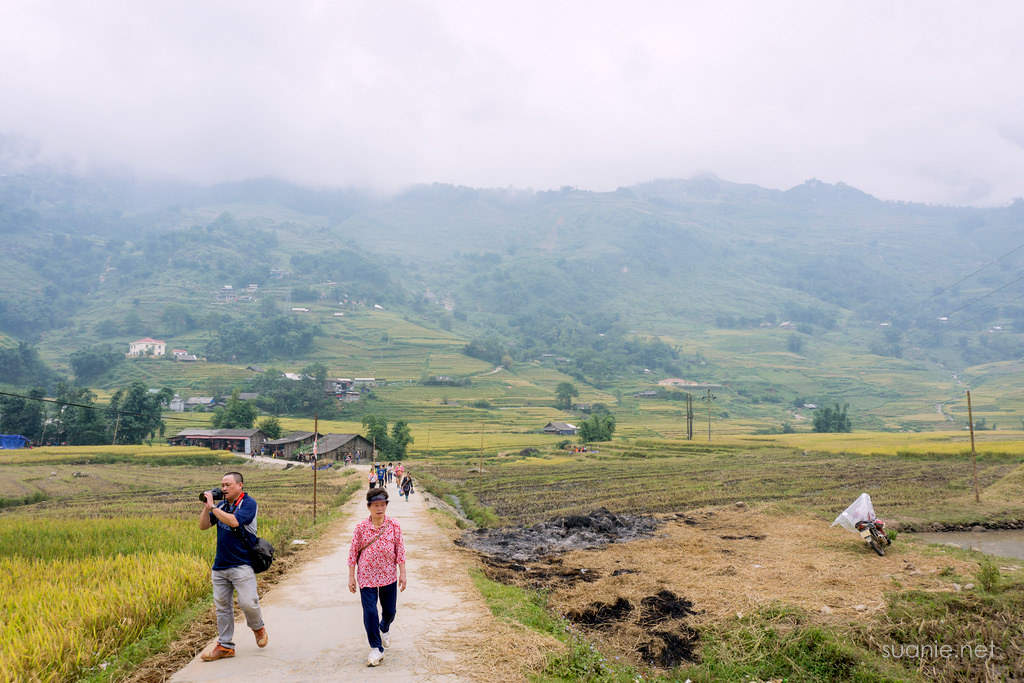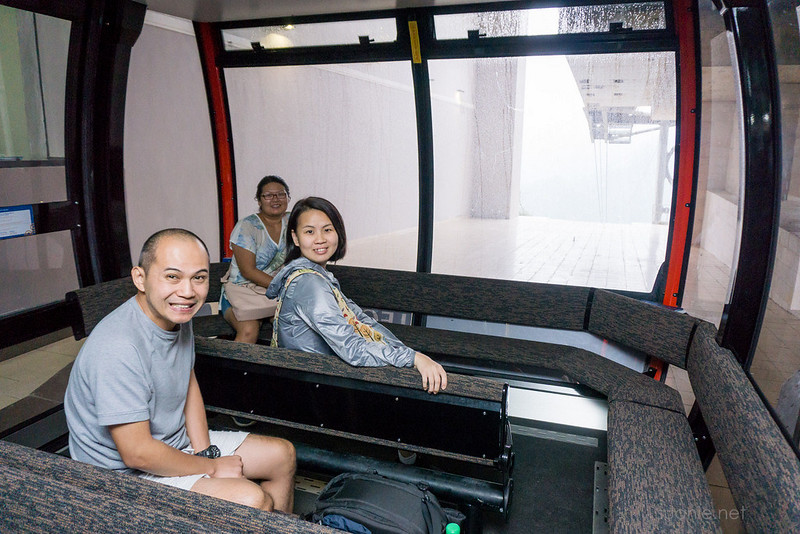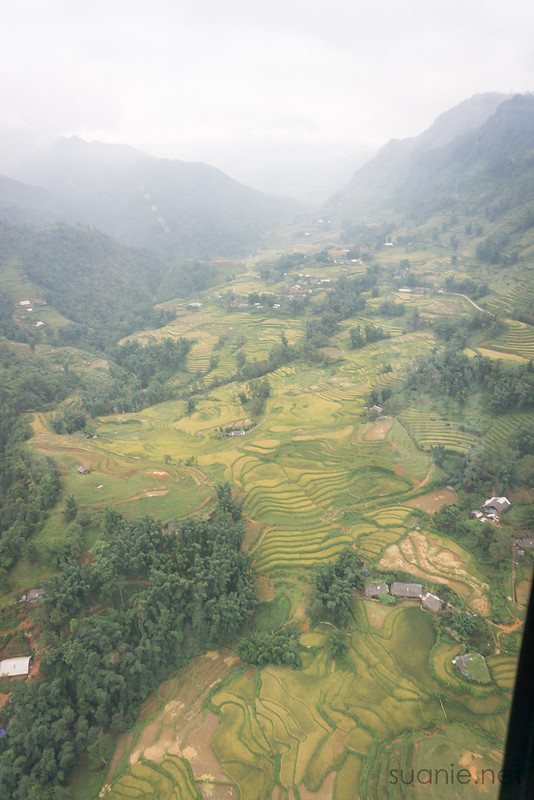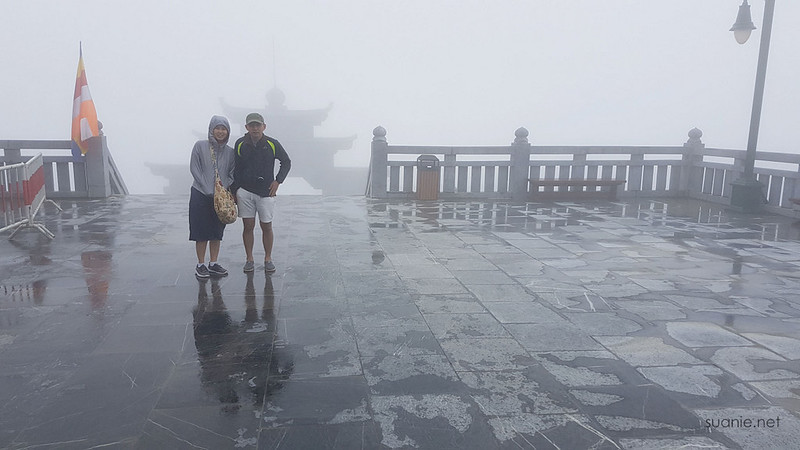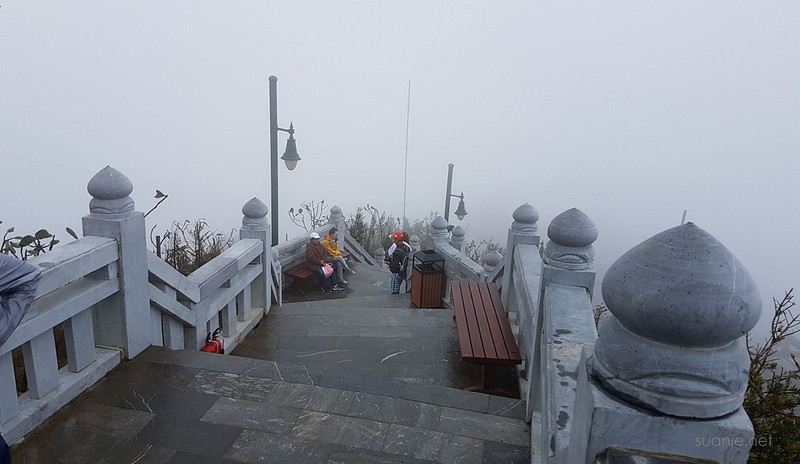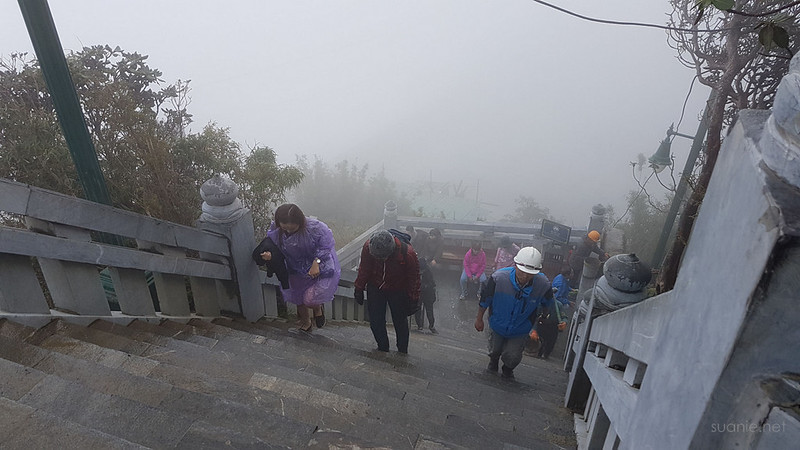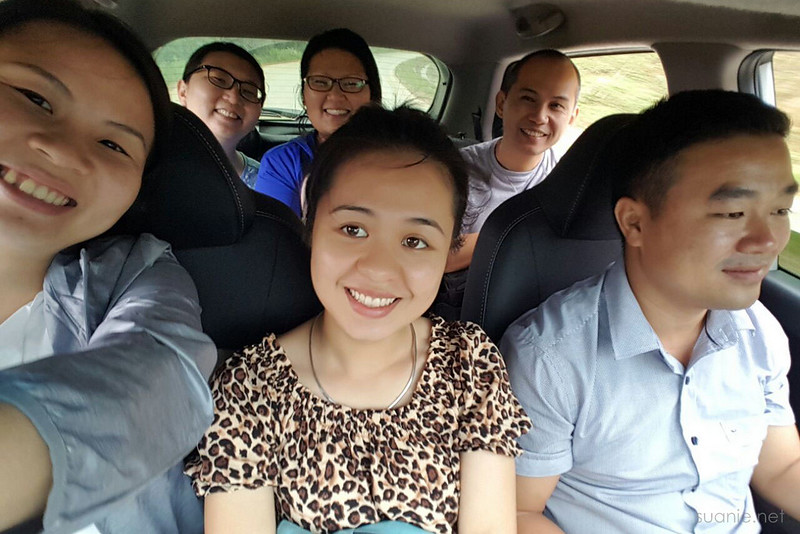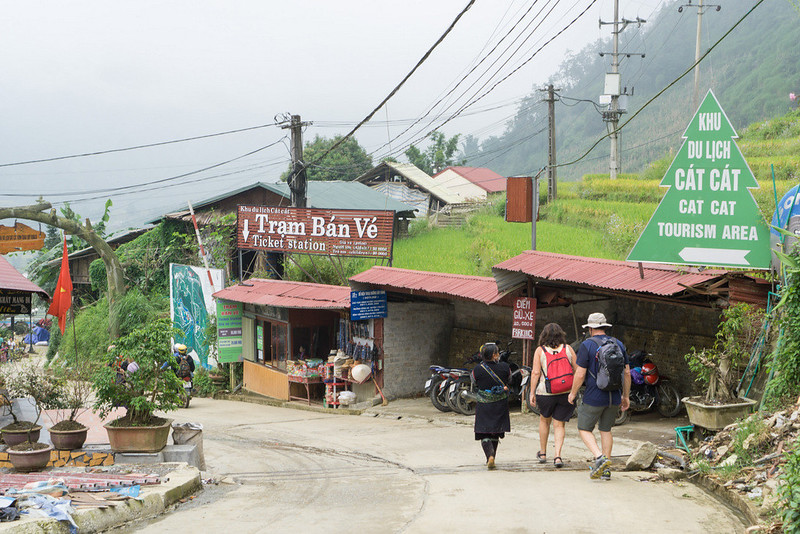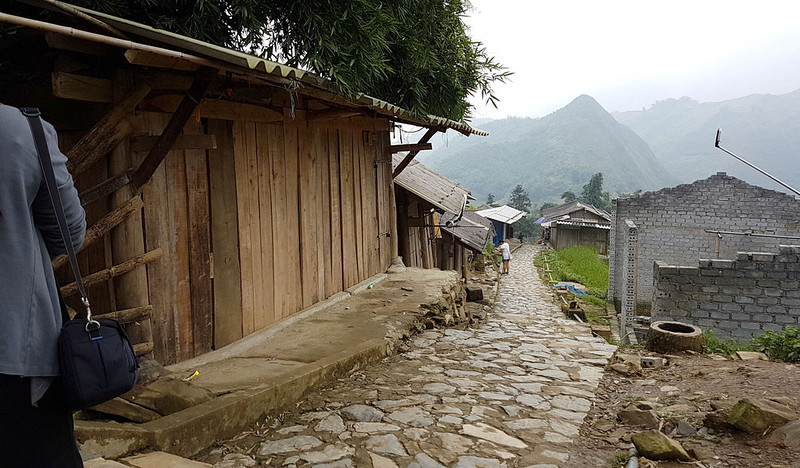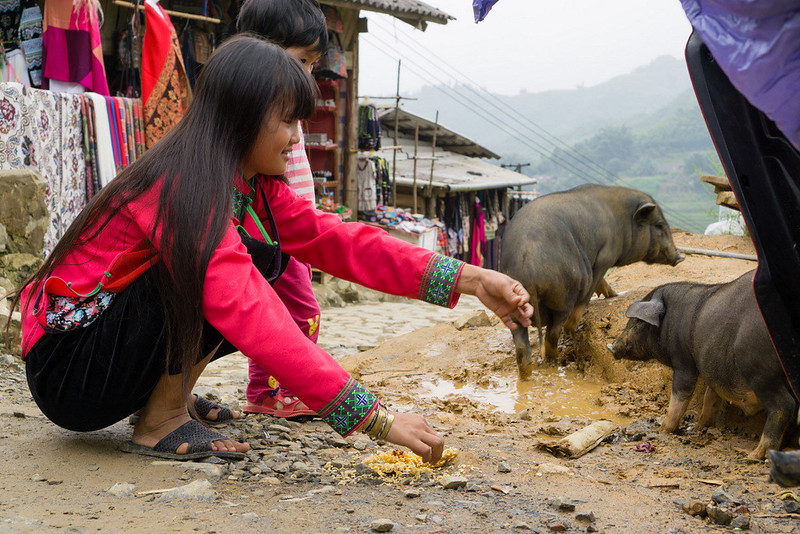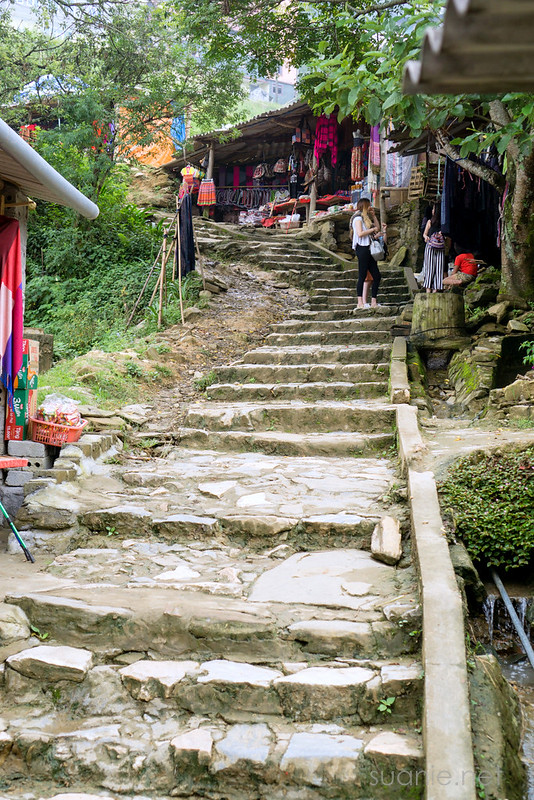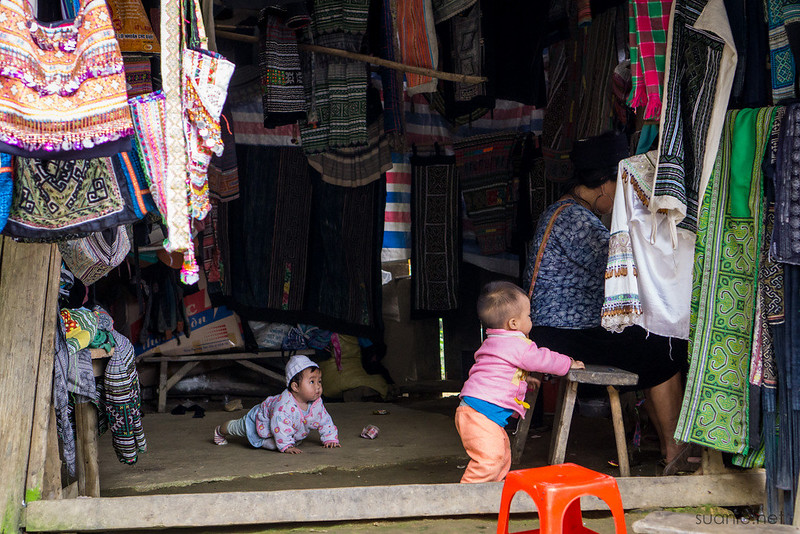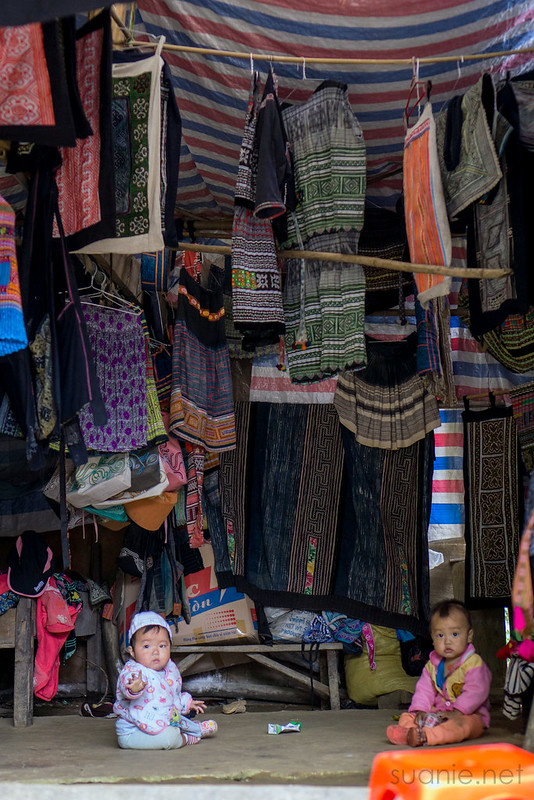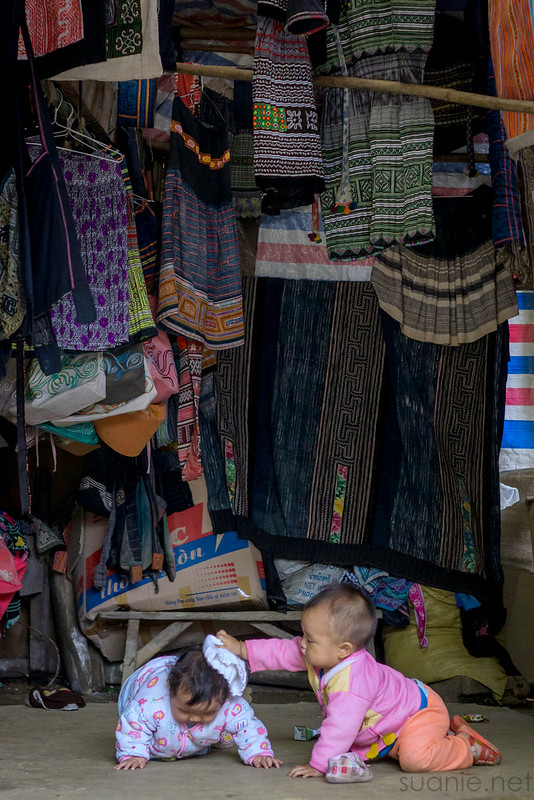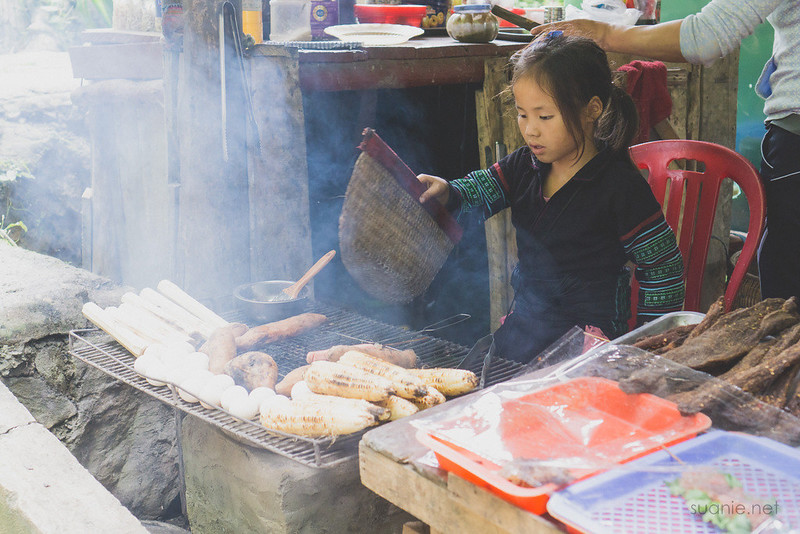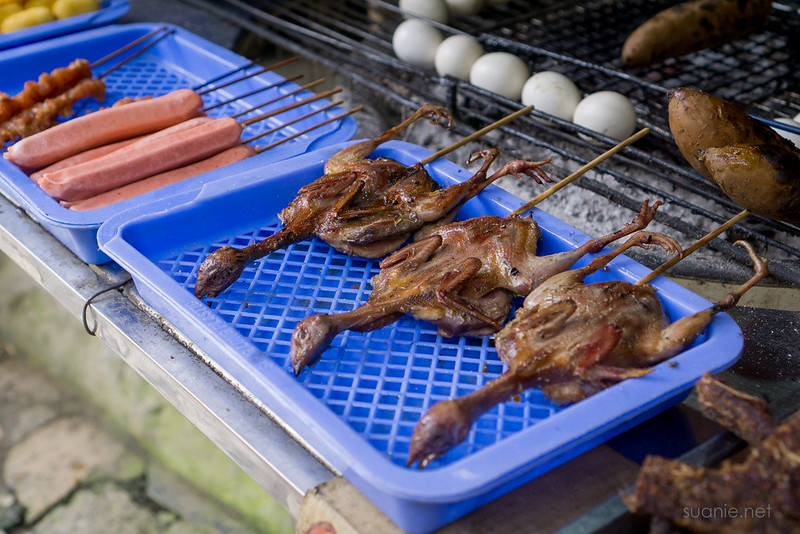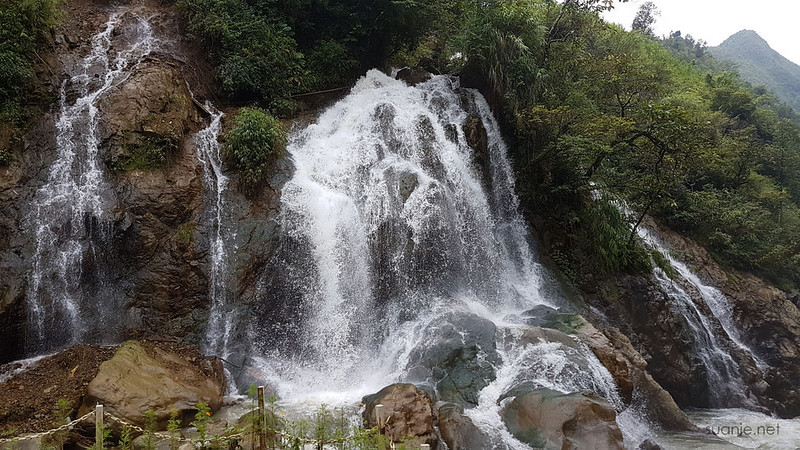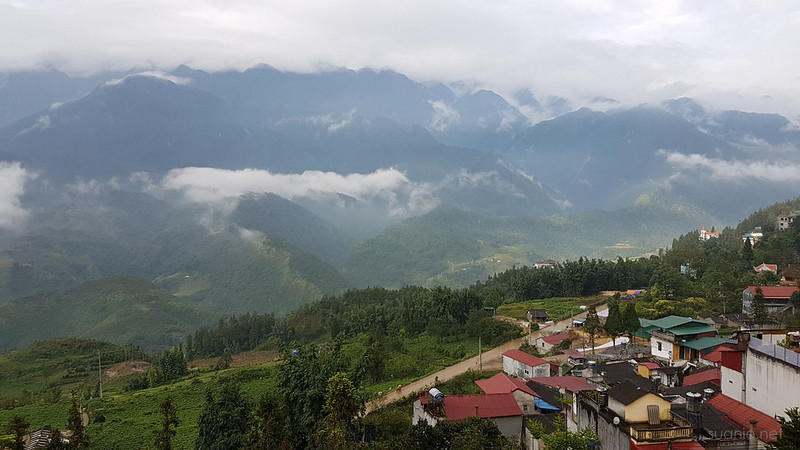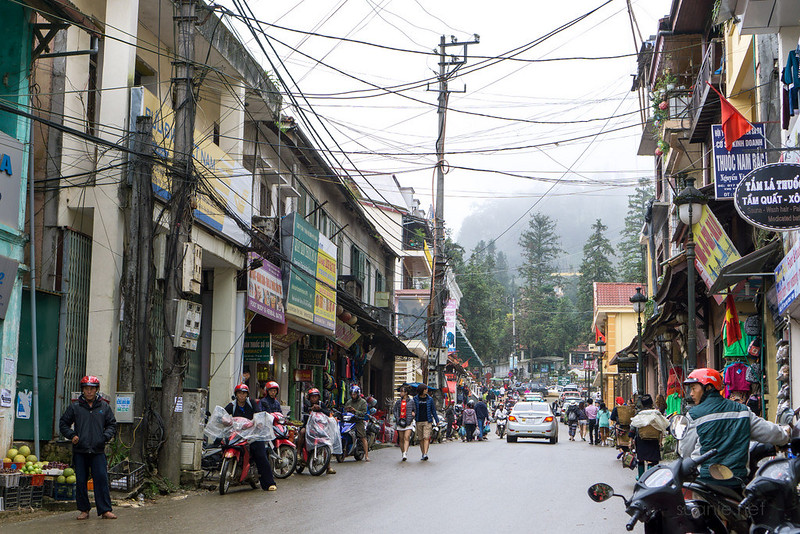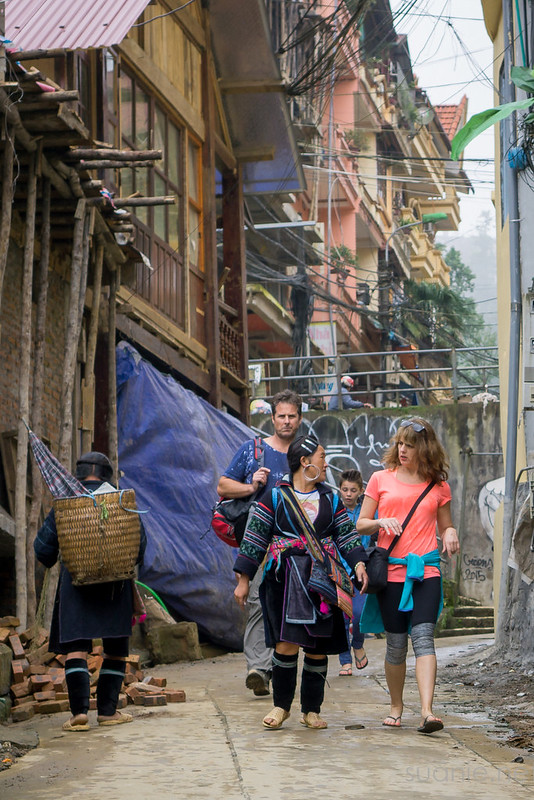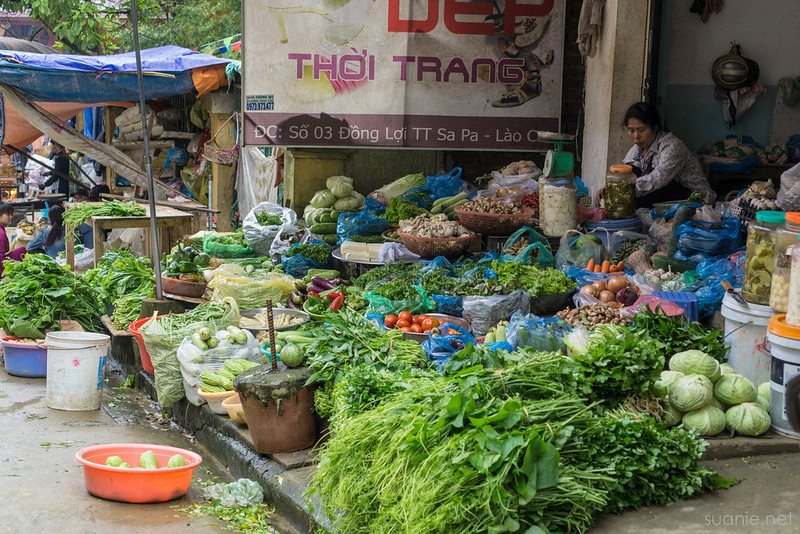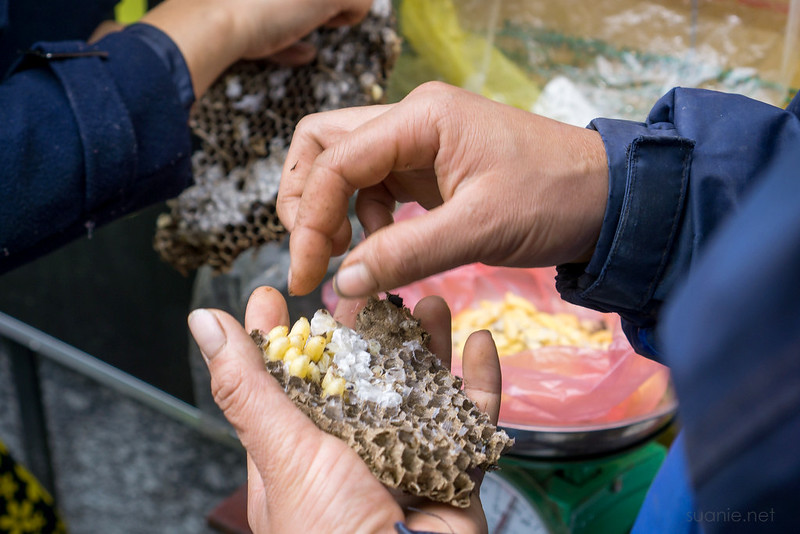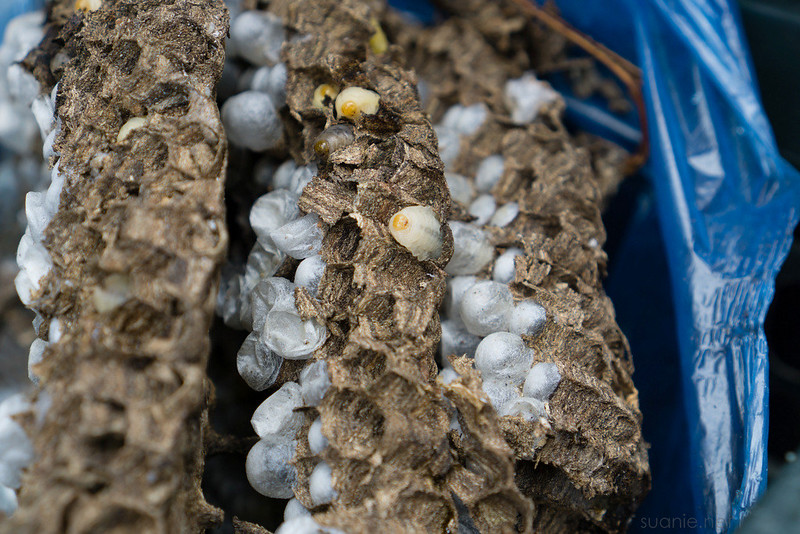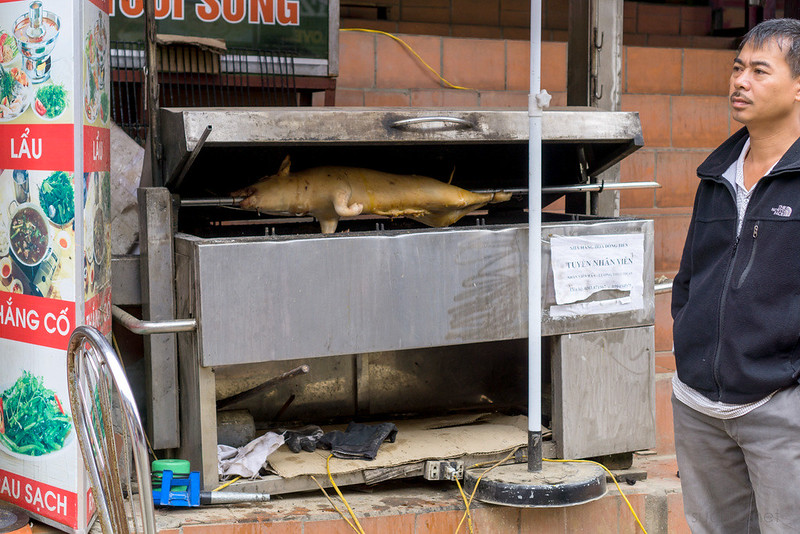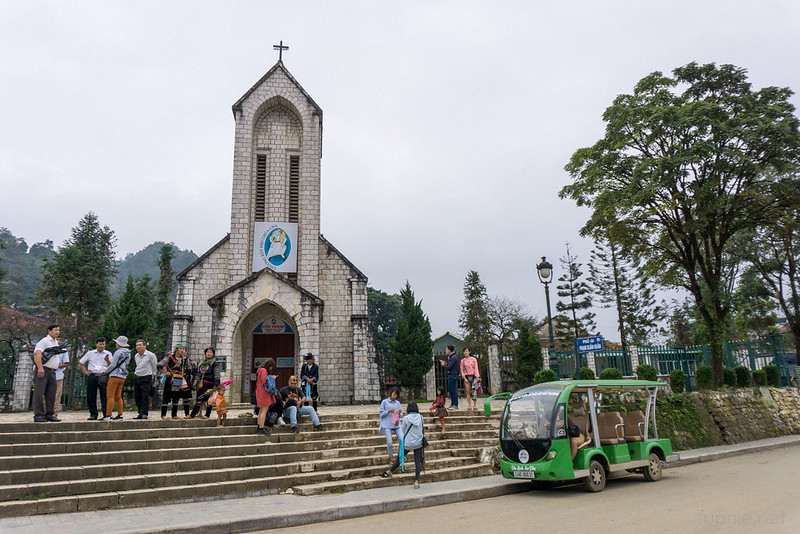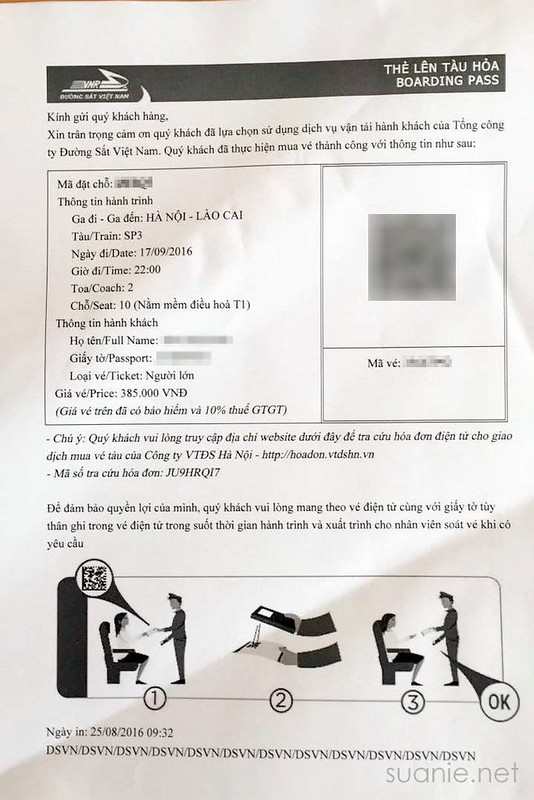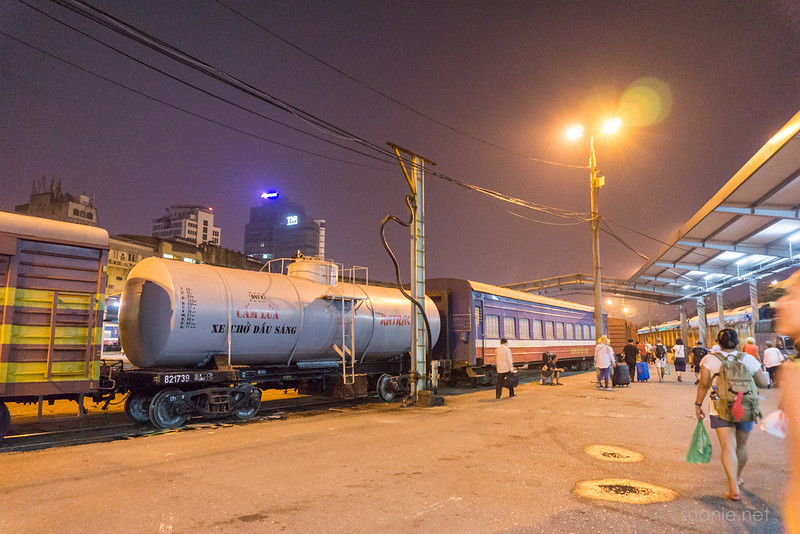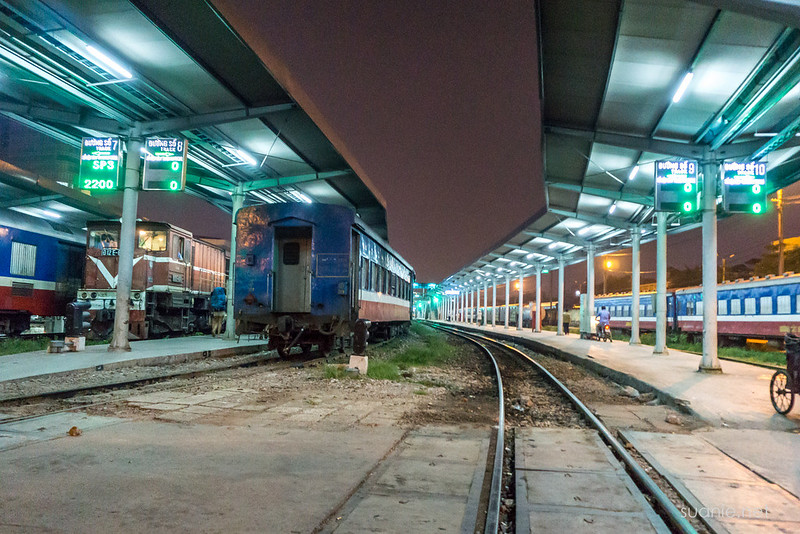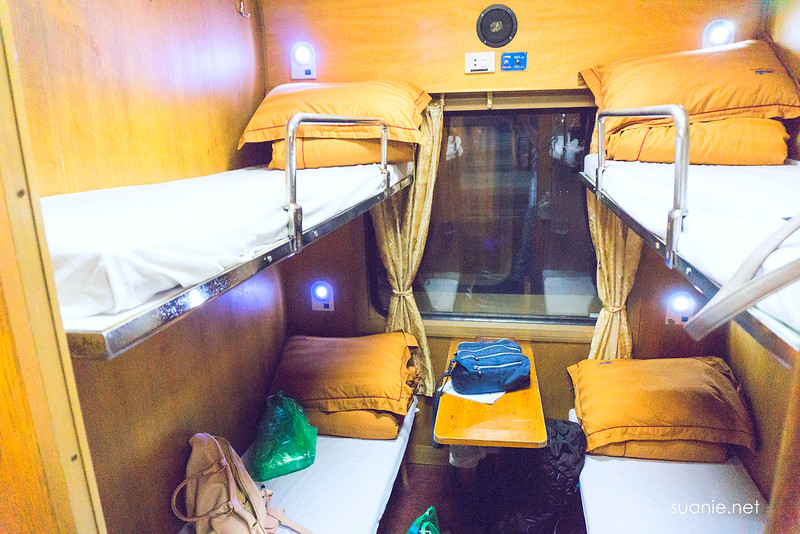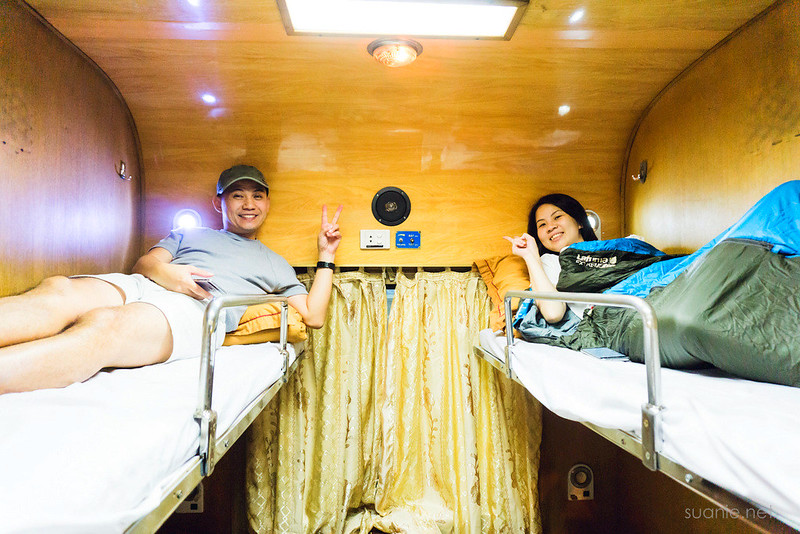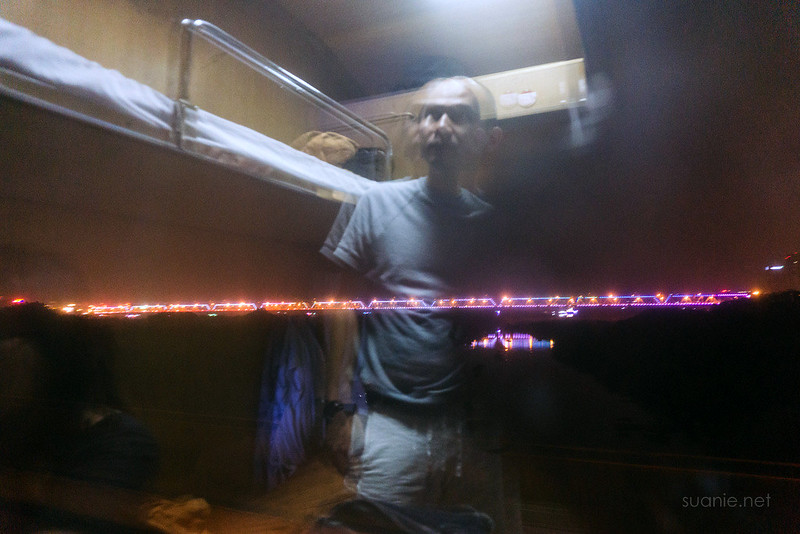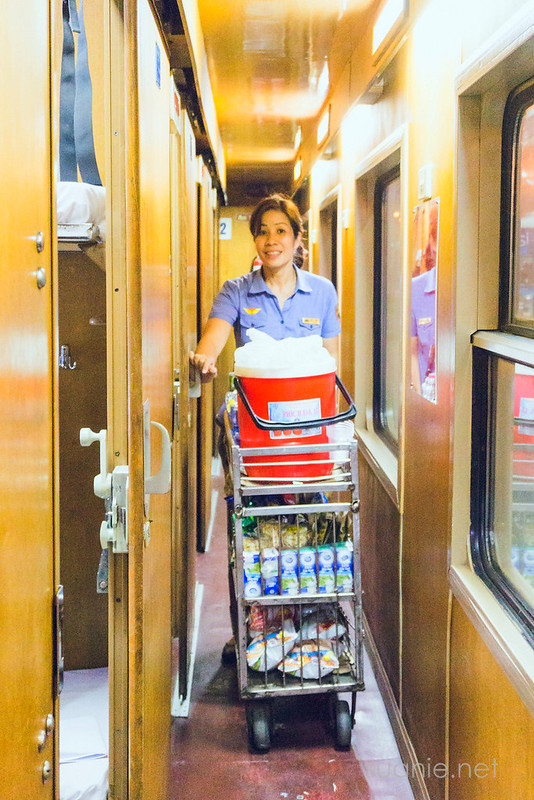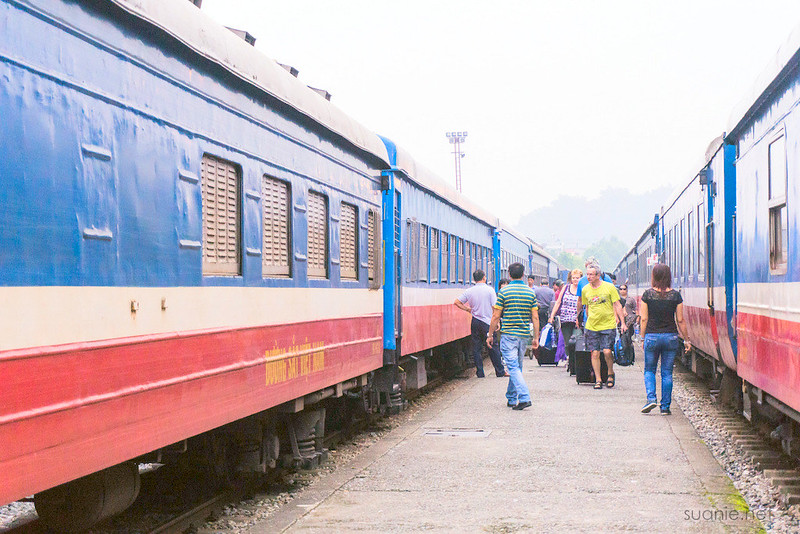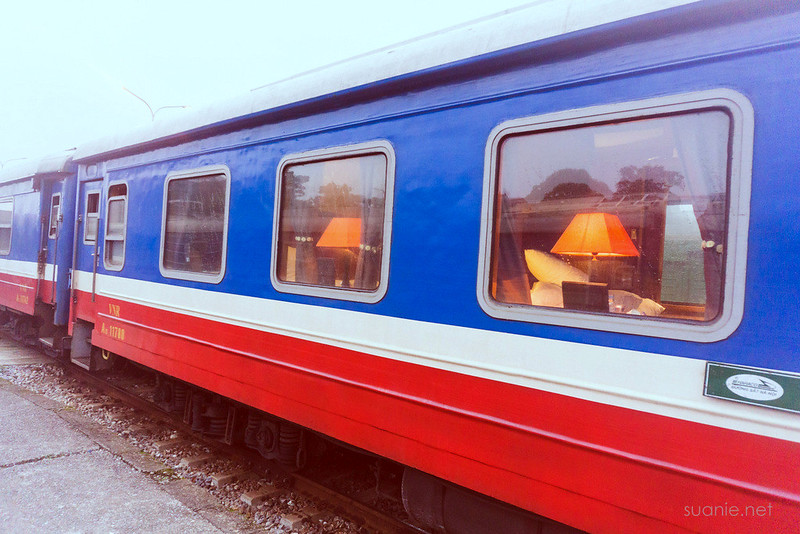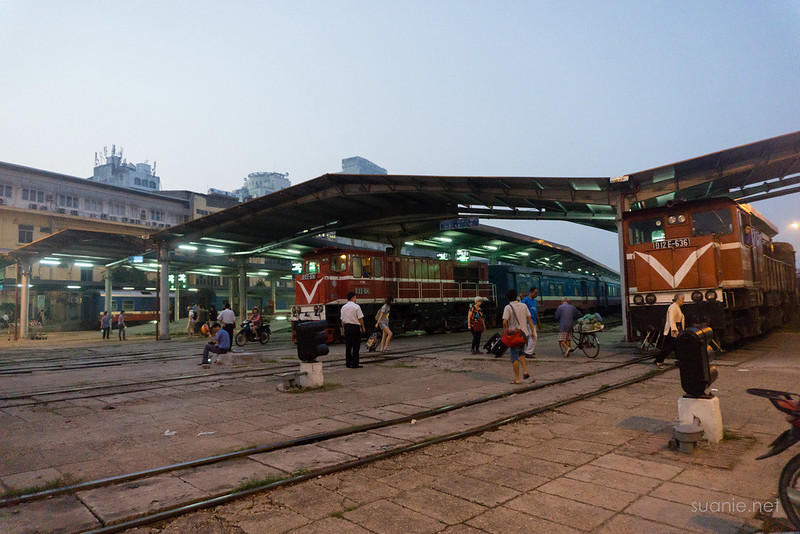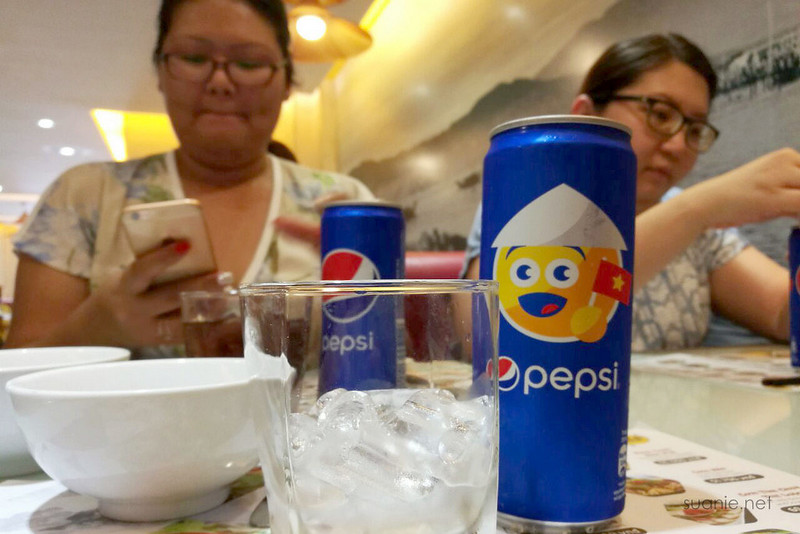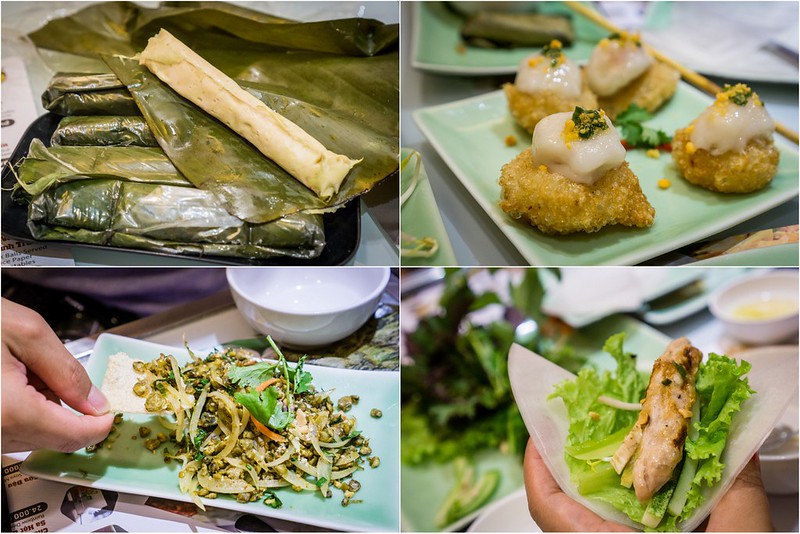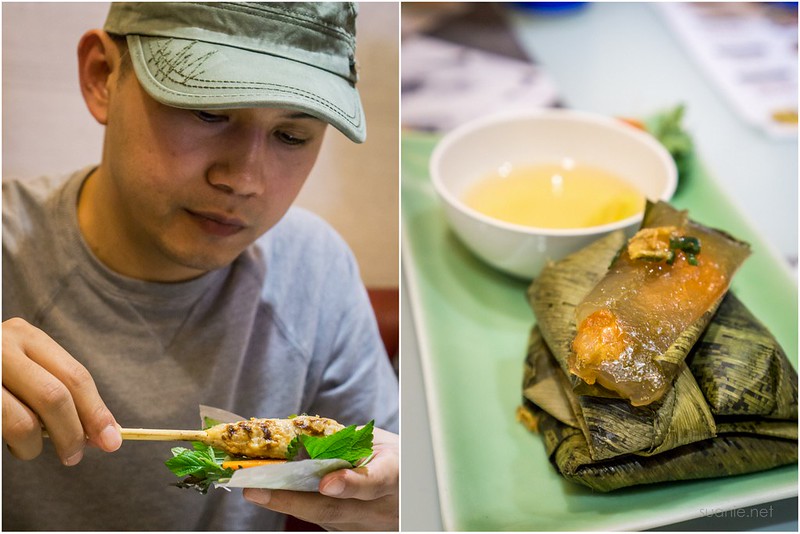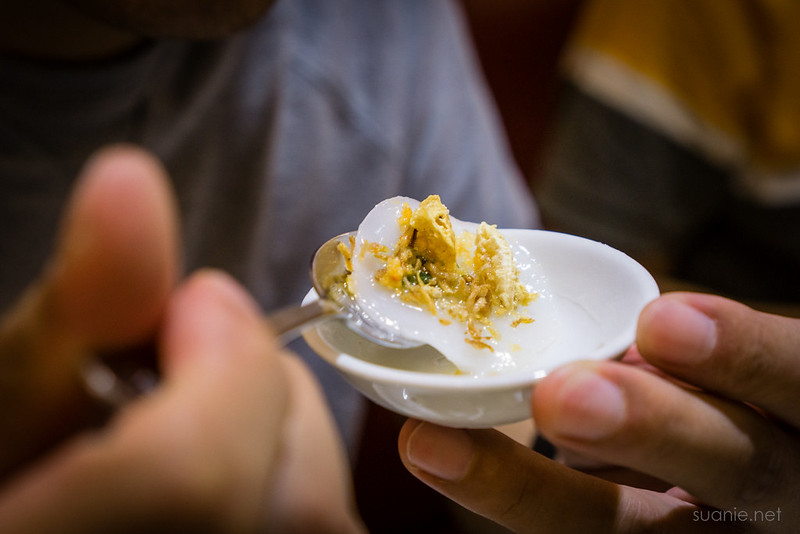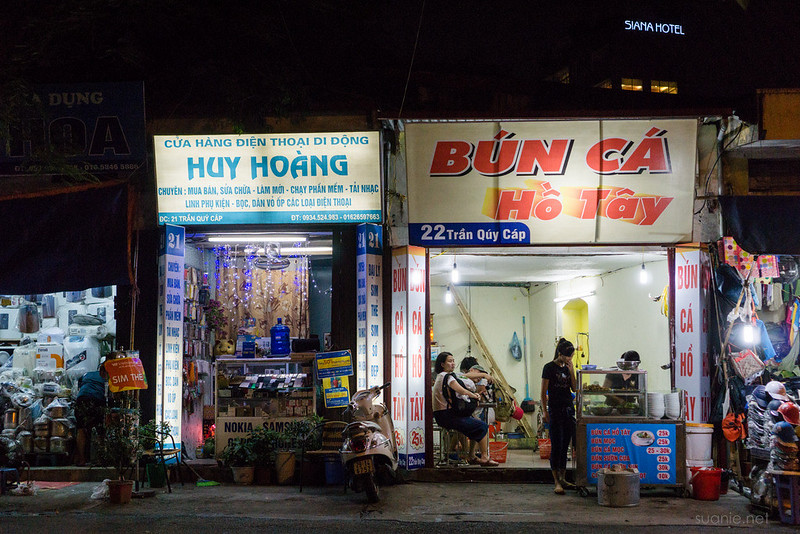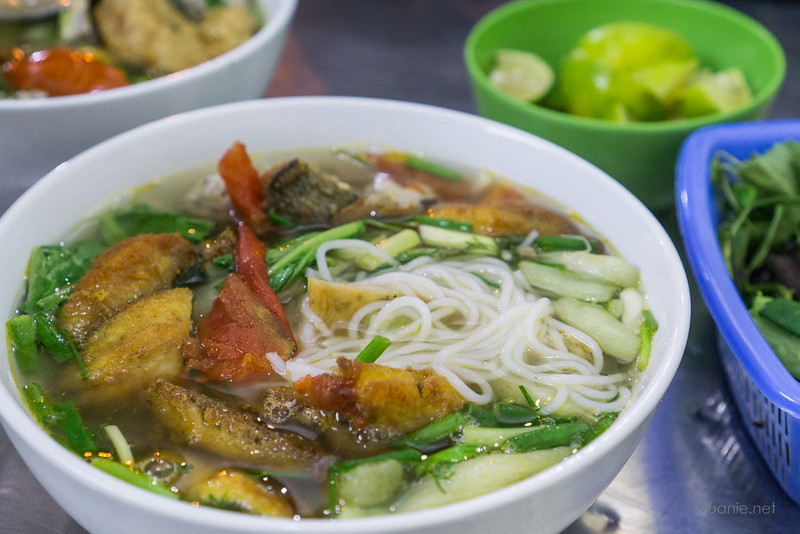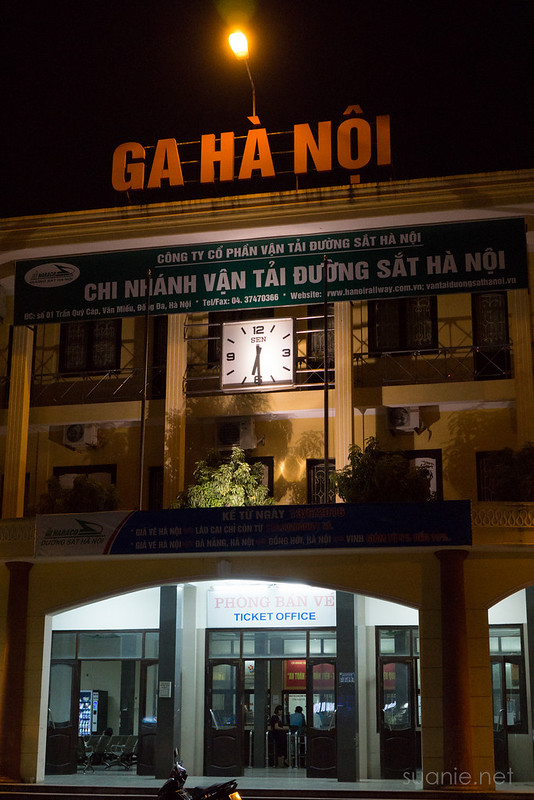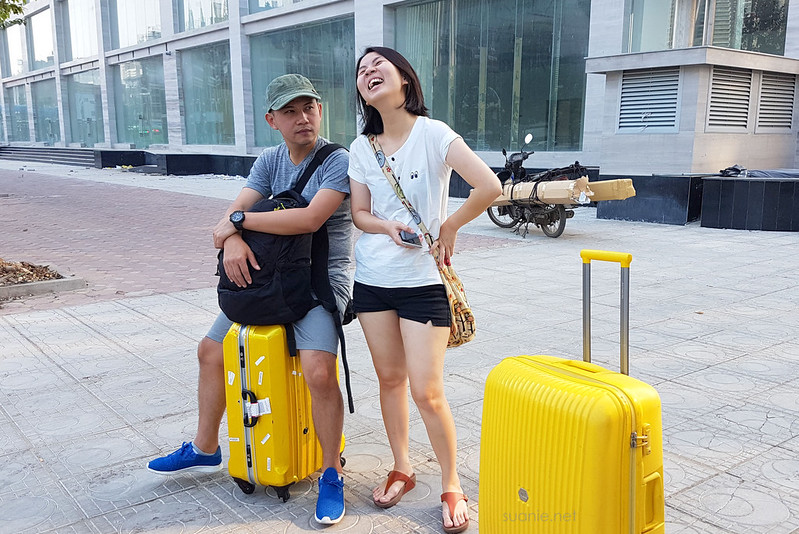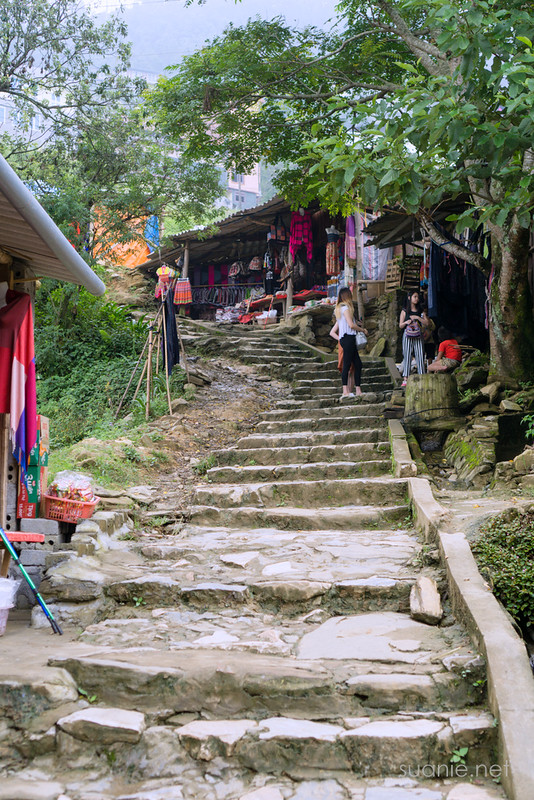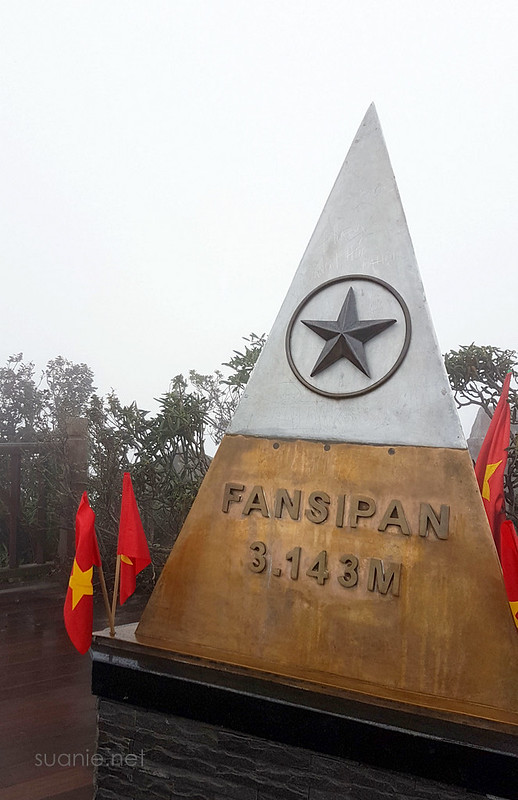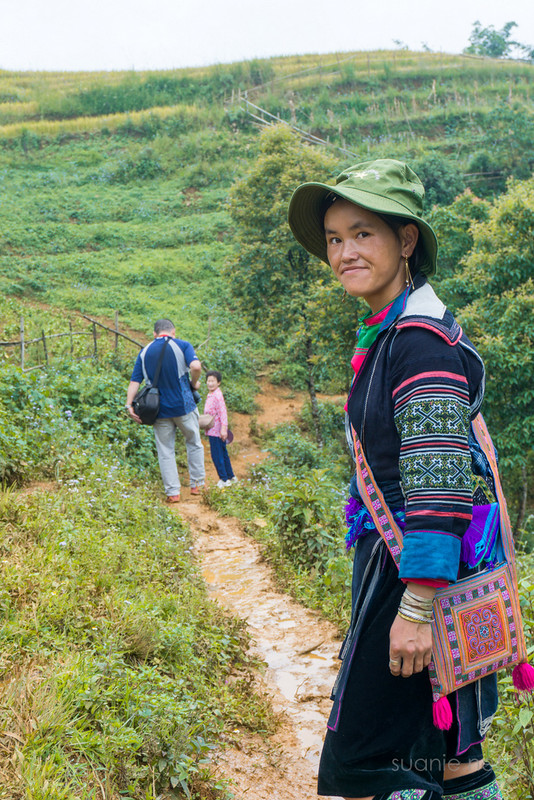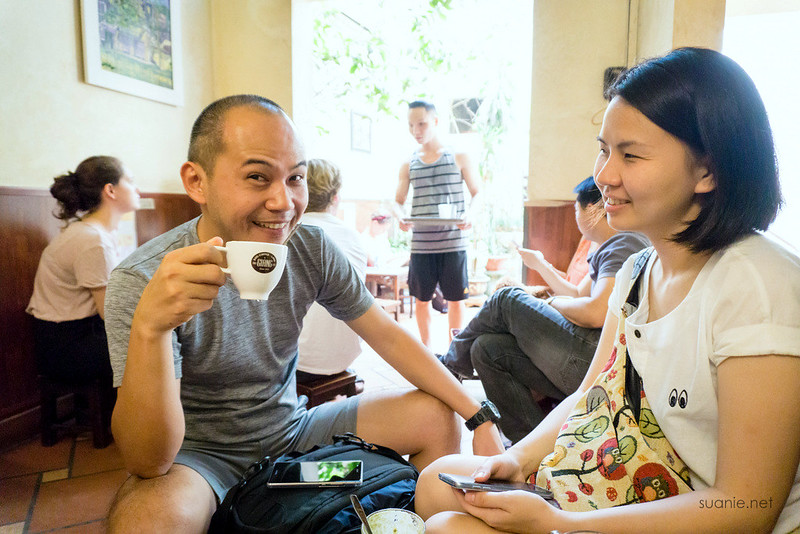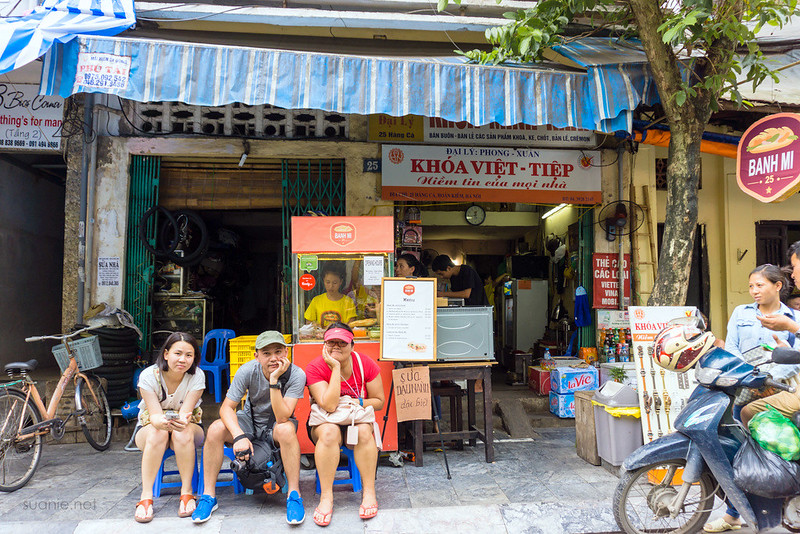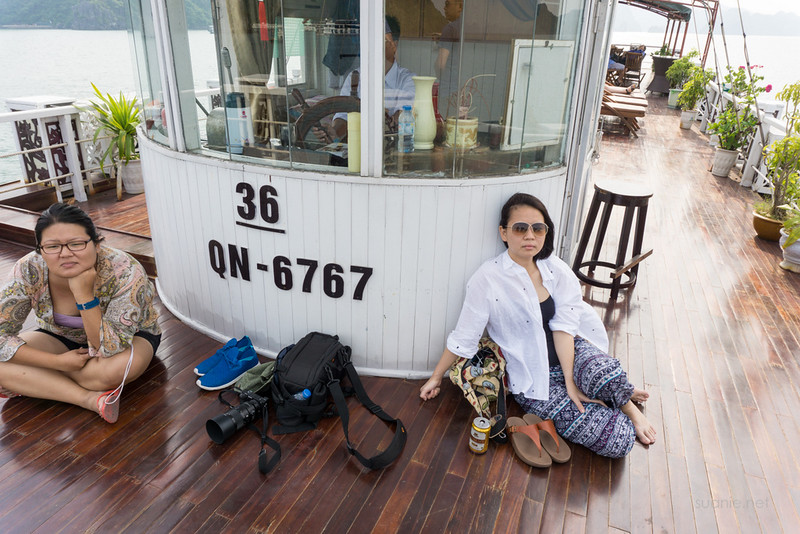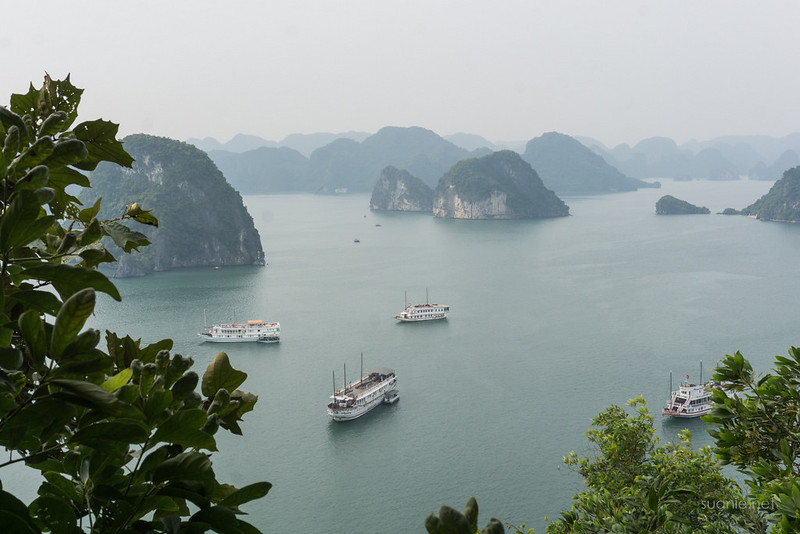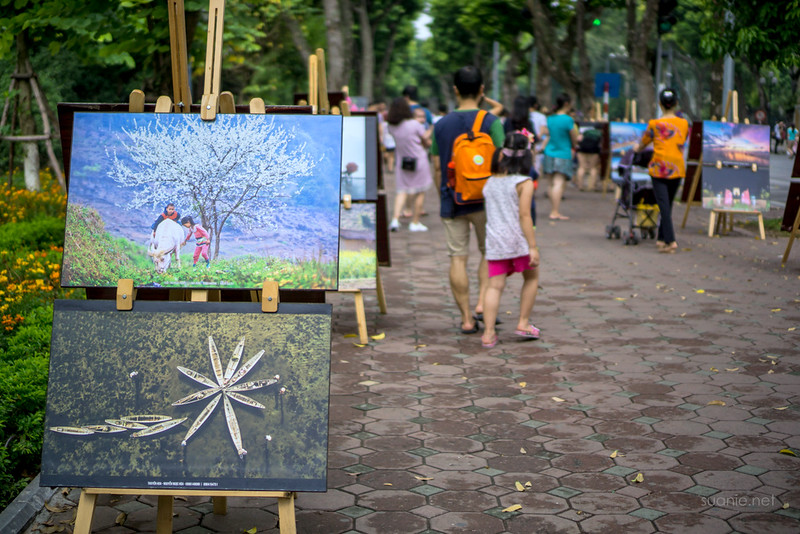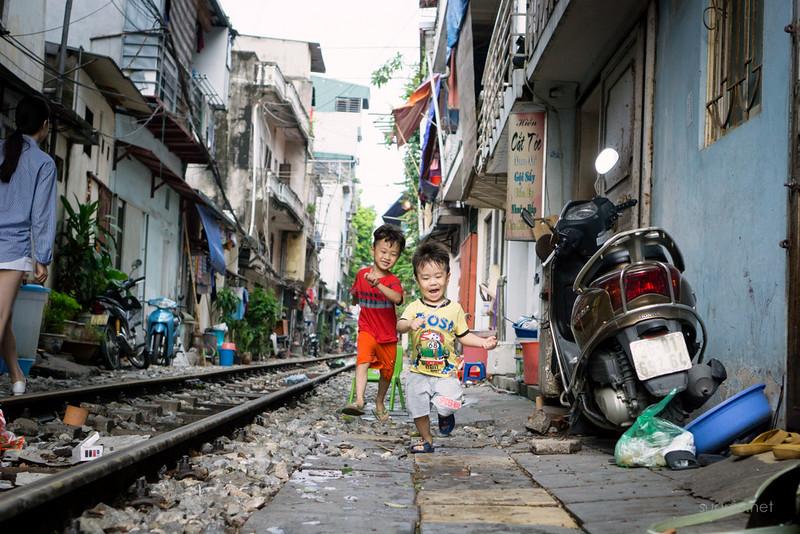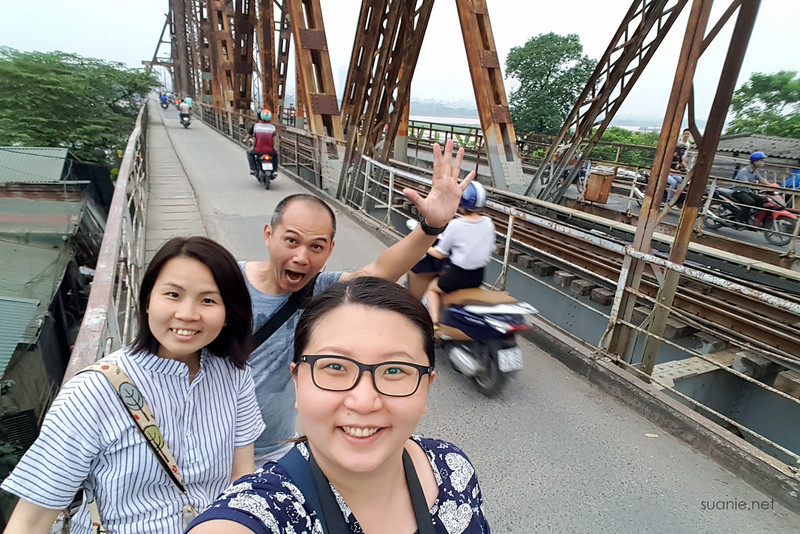Yes I know that this blog post is way (WAY) delayed. What can I say, I’ve been busy. But I can’t move on if I don’t get Vietnam 2016 out of the way.
Unfortunately it has been two years since the Sapa hiking trip. While – barring amnesia – I will never forget how I felt when the valley opened up to reveal the most incredible lush, ripe-for-harvesting paddy fields, I can’t for the life of me recall some details. How much did it cost? No idea. How long did it take? Really, can’t remember.
What I do remember is that we ordered our hiking adventure through our hotel in Sapa. I reckon they have a merry band of folks who are full-time tour guides, and they’ll just slot us in with any available groups.
It was just our luck to get this one guide who had forgotten to bring along his tour guide pass. You see, trekking in Sapa requires a permit. If you have signed up with a tour, then your passage is already covered in your package.
Not that we knew this at that time. Our group of 8 set off with the guy, who didn’t speak much at first, accompanied by a few Hmong ladies.
First we walked towards a small hill.
Okay at this point if you’re alert and smart and knowledgeable… or you just know Vietnamese in general, you would notice that he had brought us to enter a cemetery. A cemetery! Why a cemetery? Who knows? We didn’t know!
Seriously, it was our first time being in Sapa, hiking in Sapa, and in our naivety, we thought that this (not very pleasant) path was part of the experience.
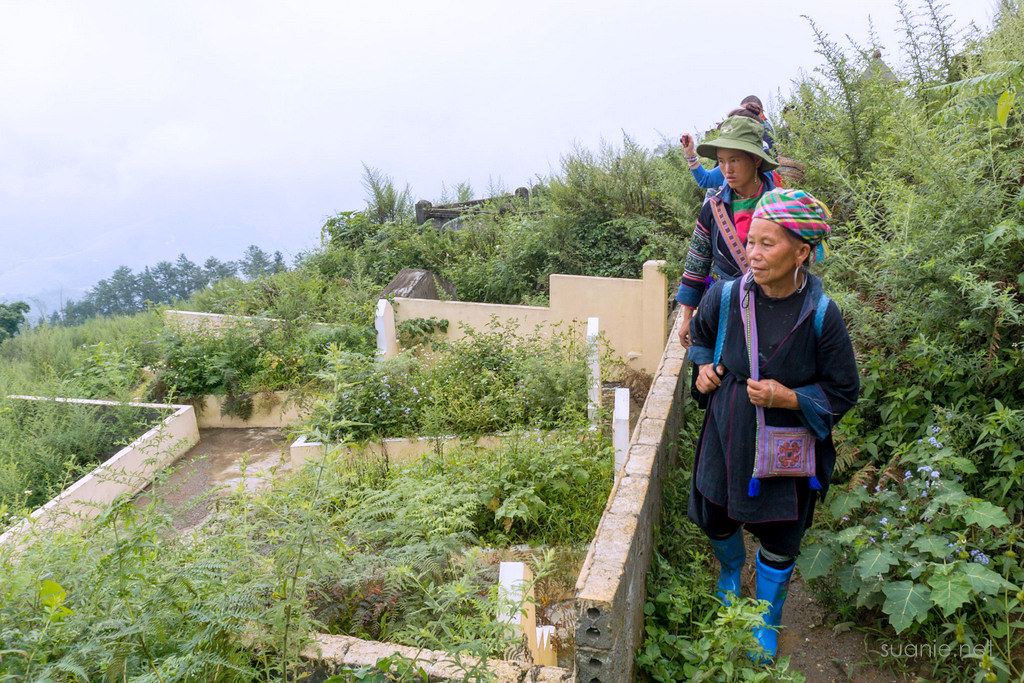
Have you been to Sapa and stepped all over people’s graves? Well we have.
We followed the guide and the Hmong women up, around, and down the hill. Hang on, we’re going through new paths here, the grass is so long and untouched that it can’t possibly be a proper hiking trail.
When we reached the bottom of this little cemetery hill, the Hmong women wordlessly led us to climb over the fence to get to … wait is that asphalt? Why are we back on the road again?
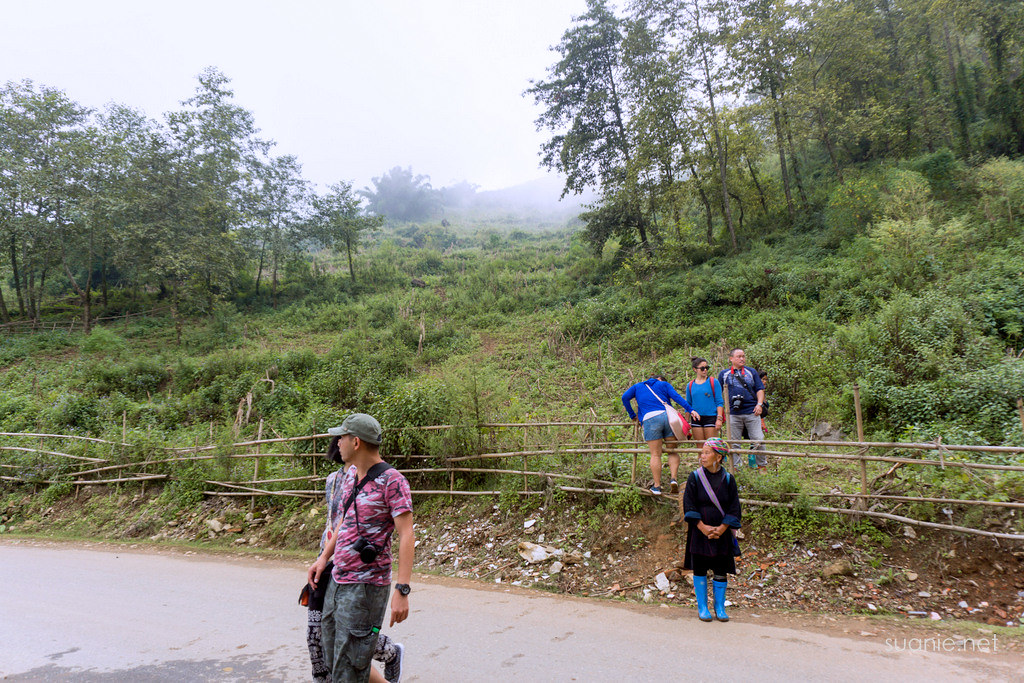
Why did the tourists cross the road
What happened next was a series of unexpected events with elements of confusion, helplessness and comedy, all at the same time.
Once we climbed over the fence, we were beckoned to the opposite side of the road by a group of official looking men.
“WHERE IS YOUR GUIDE? WHERE ARE YOU GOING? WHERE IS YOUR GUIDE?”
Uhm, good question. Where was our guide? Hang on, he wasn’t there with us!
WHAT THE TUNA?!
There was lots of yelling and shouting as the officers went to speak to the Hmong ladies. We were ordered to stay put, not to proceed as they tried to ‘sort this out’. One of the officers spoke English, and told us not to worry and that this wasn’t our fault.
Uhm, not sure how this was supposed to make us feel better. But what can you do? Just grin, laugh, and make stupid jokes while other trekking groups walked past us, staring and wondering what the heck happened to us.
After half an hour, what do you know, our guide appeared! In short, he had forgotten to bring his tour guide pass, thought he’d try to get away with it by not having to pay for our permits, thus leading us to a cemetery in hopes of avoiding the authorities at known checkpoints, then legged it as soon as he spotted them officers from a distance.
But he got a scolding, paid his dues and we finally moved on.
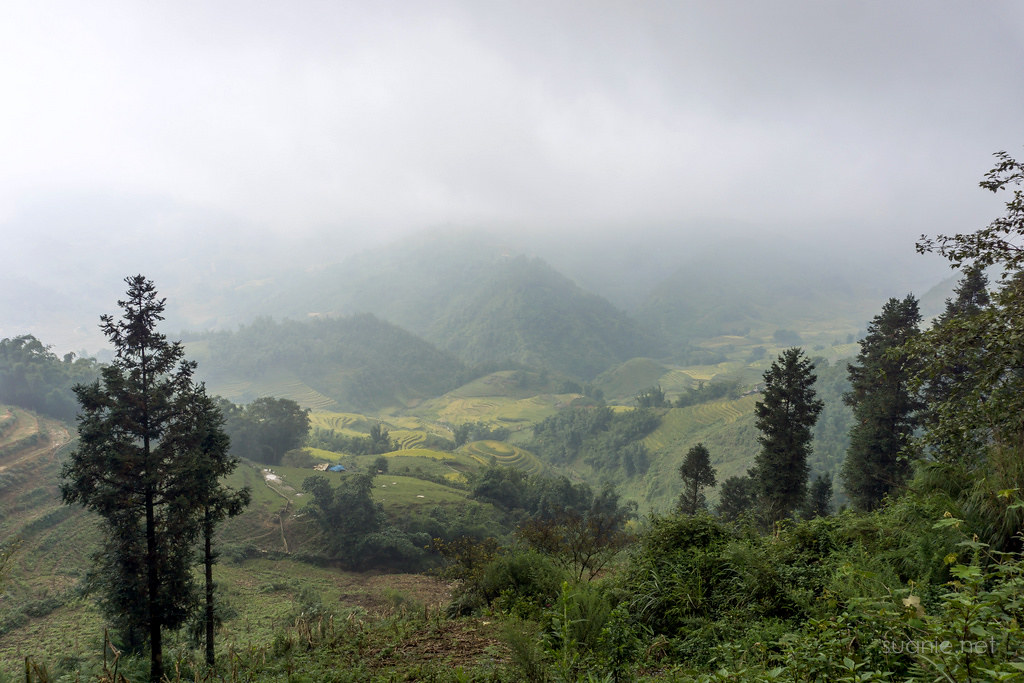
Now, this was our proper starting point
The rest of the hike was a mix of amazingness and exhaustion. We walked for a few hours through the incredibly beautiful valley, taking in the most stunning scenery as the hilltribe folks harvested the paddy fields.
If you ever make it to Sapa, if you are in decent physical shape, please do not pass up the opportunity to do this hike. Especially if you go in September, when it’s harvest season and the rice terrace in the Muong Hoa Valley is a breathtaking blend of green and gold. Ignore what you read about Sapa being over-touristy – for sure the ethnic minority ladies will hustle you for tours and to buy souvenirs’. It’s their job to try, and you have the option to buy or not.
That’s most of everything that I want to tell you about Sapa, really. If you want the regular trip/tour information, there’s always TripAdvisor. Heh.
I will tell you this though: bring proper trekking shoes. My shoes ripped the day before at Fan Si Pan, and I had to buy a cheap pair in Sapa town to make do.

It’s so fake, it’s got an extra hook coming out from the swoosh
Big mistake. Painful mistake. There was no traction, which was why I ended up hiring a Hmong guide to… uhm, guide me through. The trail was wet, slippery and quite rocky at many points. I ended up losing my toenails. Not pretty. Don’t be like me. Bring proper shoes, make sure they are in good condition.
Another thing I want to share is this.
See that lady in red? Don’t let that typical Asian grandmother-in-a-visor look deceive you. This is the most bad ass South Korean grandmother ever, who is the incarnation of an eternally youthful mountain goat, who walked faster than all of us, who leaped from one spot to the other, who was so steady that her breathing was perfect. No huffing and puffing like the rest of us, no.
She put all of us, including the guide, her son (the guy with the camera), the French lady, the Singaporean dude, the Horng, the Yuki, the Joyce and definitely the Suanie to shame.

